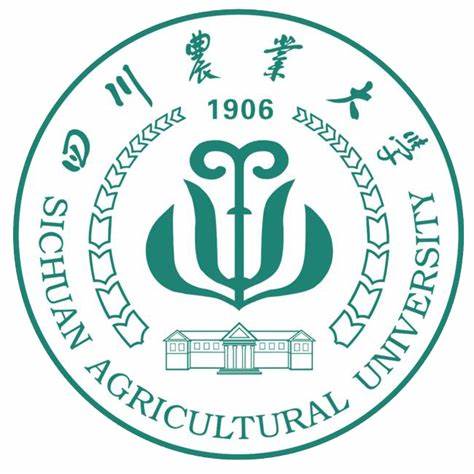The impact of GBSSI inactivation on starch structure and functionality in EMS-induced mutant lines of wheat
作者: 刁圣轩 审稿人:魏育明 时间: 2025-05-28 点击次数:次
https://bmcgenomics.biomedcentral.com/articles/10.1186/s12864-025-11630-w
BMC Genomics, volume26, Article number:501(2025)
Sujon Kumar,Yulong Li,Jia Zheng,Jing Liu,Qiang Xu,Yazhou Zhang,Huaping Tang,Pengfei Qi,Mei Deng,Jian Ma,Guoyue Chen,Yuming Wei,Youliang Zheng &Qiantao Jiang
Abstract
Background
Starch, a major component of wheat (Triticum aestivumL.) grain, plays a crucial role in determining processing quality. Granule-bound starch synthase I (GBSSI), the enzyme primarily responsible for elongating α-1,4-glucan chains into linear amylose molecules, is a key determinant of starch quality. In this study, a mutant population of the wheat cultivar SM126, a high-quality variety form Sichuan, China, was generated using ethyl methanesulfonate (EMS) mutagenesis. This research investigates the effects of GBSSI inactivation on starch structure and functionality.
Results
A waxy mutant (Wx-Abd) was identified by screening an M4 seed library with sodium dodecyl sulfate-polyacrylamide gel electrophoresis (SDS-PAGE) of grain endosperm flour. DNA sequencing revealed a single nucleotide polymorphism (SNP) in the fourth exon, causing a premature stop codon and inactivation of the Wx-Abd allele. In previous work, the Wx-abD mutant was identified in the M2 generation, and crossing the M2-31 line with the M4-6165 line produced four distinct Wx protein subunits in the SM126 background. Comparisons between the Wx-abd line and the wild-type SM126 (Wx-AbD) showed significant differences in starch properties. The Wx-abd line exhibited reduced Wx gene expression, a distinct surface depression on starch granules, and a higher proportion of B-type starch granules. Notably, it exhibited significantly lower amylose content (7.02%) compared to SM126 (22.32%), along with a reduction in total starch content. Additionally, the Wx-abd line showed a higher gelatinization temperature.
Conclusion
Inactivation of GBSSI in the Wx-abd line resulted in altered starch structure, particularly a decrease in amylose content and changes in granule morphology. These findings suggest that the Wx-abd line represents a valuable genetic resource for wheat breeding programs focused on improving starch quality for food production, with its high agronomic performance making it suitable for further breeding applications.


